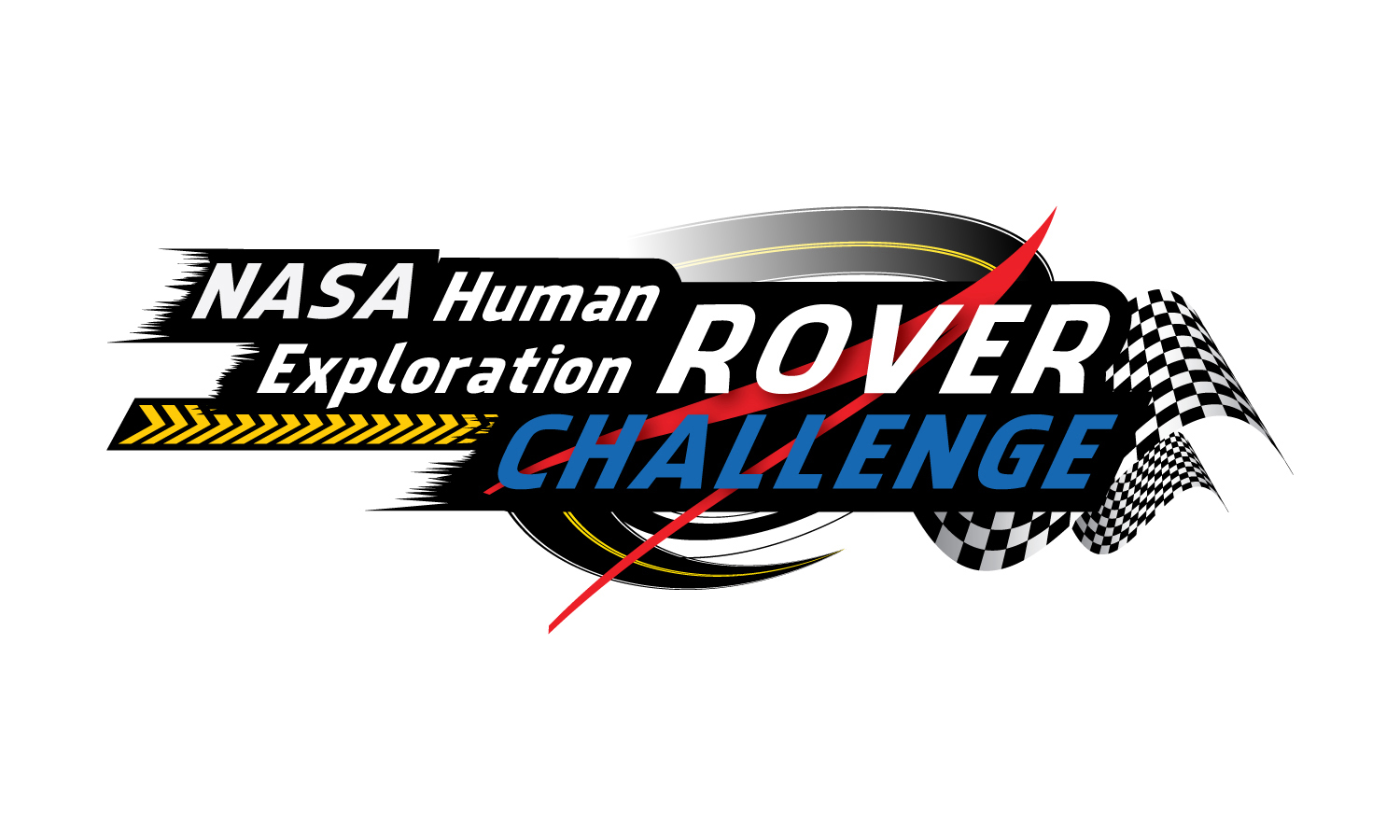Note: This is the first installment in a four-part series.

When the horn sounds for the first time April 11 and the first student-designed, student-built roving vehicle rolls across the starting line, officially launching the NASA Human Exploration Rover Challenge, it’ll signify the start of two days of landmark student engineering ingenuity.
NASA’s newest engineering design challenge, celebrating the U.S. space program’s plans to explore planets, moons, asteroids and comets across our solar system in the decades ahead, is set for April 11-12, at the U.S. Space & Rocket Center in Huntsville, Ala. Organized by NASA’s Marshall Space Flight Center in Huntsville, the event challenges high school, college and university students to design, construct and test rover technologies capable of navigating over the strange terrains of other worlds, moons and celestial bodies.
And it does even more than that, said Marshall education specialist Diedra Williams, who manages the event on behalf of the center’s Academic Affairs Office.
“The competition provides practical, hands-on experience that could inspire participants to consider lifelong, rewarding engineering and aerospace careers,” she said, “but it also offers these students the rare opportunity to actively influence the design and development of NASA’s next-generation space systems and planetary rovers.”
That’s the main difference between the new event and its predecessor, the NASA Great Moonbuggy Race, which since its debut in 1994 drew more than 10,000 student engineers and racers to Huntsville to compete. Retired after its own landmark 20th anniversary in 2013, the Great Moonbuggy Race was inspired by the classic lunar rover piloted across the moon’s surface by Apollo-era explorers, and it definitely inspired new generations of engineers, technologists and researchers.
“But whereas that event was inspired by and celebrated a past NASA achievement, the new rover challenge is all about what lies ahead,” said Marshall academic affairs officer Dr. Frank Six, who helped create the original event and helped designed the course for both the classic student engineering challenge and the new one. “We’re asking students to play a crucial role in helping us devise, test and deliver the innovative concepts and technologies critical to future exploration missions.”
“Just like real aerospace engineers, these students are taking their ideas from theory to reality, from drawing board to field analysis,” said Rover Challenge planning committee member Tom Hancock, who chairs the American Institute of Aeronautics and Astronautics’ Alabama/Mississippi section. “We’re eager to see them show up with exciting new concepts for mobile exploration vehicles that NASA and its partners could someday replicate for expeditions to Mars, the moon or any of a dozen other solar system destinations.
“And they get to have fun doing it, and even win prizes!” Williams added.
In coming installments of “Rovers Roll!” we’ll talk more with Williams, Six, Hancock and other race planners about the nature of the design challenges, the student awards up for grabs and what racers can expect from this all-new competition that’s only weeks away. Stay tuned.

























